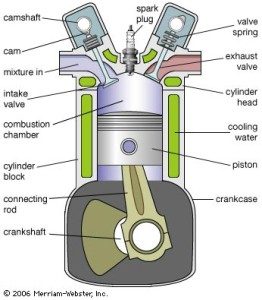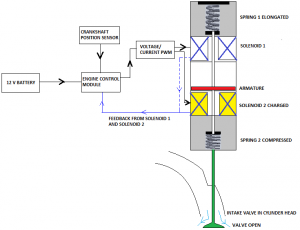- this post will be edited later *
links and notes:
- https://maritime.org/doc/op1140/index.htm
- https://www.youtube.com/watch?v=gwf5mAlI7Ug
- https://www.youtube.com/watch?v=5GZa63x3k60
- https://www.youtube.com/watch?v=NAsM30MAHLg fourier analyzer machine
links and notes:
I came across some useful materials about Automatic Control (System Dynamics, Modelling and Control) on the course page (System Dynamics and Control) of Assist. Prof. Hulya Yalcin from Istanbul Technical University. (link: https://web.itu.edu.tr/hulyayalcin/MAK331E__SystemDynamicsAndControl.htm ). Since Dr.Yalcin put those useful materials together, I would like to copy her suggested materials here too.
In addition to these materials, I would like to add some other materials:
Ferdinand Freudenstein(12 May 1926 – 30 March 2006) who is being described as “Father of Modern Kinematics” has made great contributions to the kinematics and mechanics. As it is said that he had mentored 500 PhD students(That’s amazing and unbelievable!). One of them his student was Arthur G. Erdman (now Professor at University at Minnesota, Mechanical Engineering Department, link to his website). Professor Arthur G. Erdman is giving a seminar related to why “Kinematic is a dead field” now as he said. (It is a joke! Don’t waste your time to search the video how kinematics is dead!).
He is giving examples from very different areas where kinematics principles are applied. Therefore this video/ or slide might be used for the inroductory lecture session for the lecture of “Kinematic Design” or “Machine Theory”. He gives many great useful examples from daily life. Any lecturer might present this video on the first lecture of Machine Design, or he can give this video to the student as a homework to watch.
Additionally here you can find here another similar video from Dr. Bernard Roth (another PhD student of Ferdinand Freudenstein 🙂 ).
You don’t need to study at a university/college anymore. * Is it really like that you skip the university? 🙂 Jajajaj it didn’t mean that: it means you have to do more than that!!!
|
THE BLIND MEN AND THE ELEPHANT
|
|
|
|
|
|
|
by John Godfrey Saxe (1816-1887) |
I came across that poem to describe what assumptions we do while we create the mathematical model of a physical system. (from the book of Fen, Mühendislik ve Sosyal Bilimlerde Matematiksel Modelleme, Nuri Özalp, Gazi Kitabevi Yayınları, 2015)
Magnetic energy is considered in usage for elevators at skyscrapers.
Additionally, not only in the “traditional” horizontal direction, but also something like this:
time to think creative 🙂
As an alternative to the internal combustion engines; solenoid engines which has the prinsiple with solenoid valves, can be used as well. It is easy to produce, but difficult to control.
Here on this movie, a very basic solenoid engine is shown how to made with basic homemade stuff.
Actually, it is being used as an exhaust valves.

internal combustion engine elements |

exhaust valve at internal combustion engine |
What if it is possible to the same linear trajecotry by an electromechanical actuator in state of a spring-classic exhaust valve? Yes, it is possible to make the forward-back linear movements by an electromechanical actuator. (see the image below):

solenoid exhaust-intake valves |

solenoid exhaust valve |
It’s been years that people working on “driver-assistance systems”, and also “self driving systems”.
Advanced driver assistance systems such as Adaptive Cruise Control, Automatic Parking, Blind Spot Monitor is getting better and better every single day. And therefore, we are getting closer the perfect “self driving cars”.
In 1986 (I wasn’t born by that time by the way 🙂 ), it (the movie of “Knight Rider”) was only a science fiction. Maybe people were laughing on it at that time.
It is seen as a normal technology to interact with our automobile now.
As the sensor technology gets higher day by day, and data processing time decreases, a car is able to do its reactions in different situations by its own algorithms (which means its “thinking”s in a simple way).
According to wikipedia; The first self-sufficient and truly autonomous cars appeared in the 1980s, with Carnegie Mellon University’s Navlab. Later on, Mercedes-Benz, General Motors, Bosch, Nissan, Renault, Toyota, Audi, Volvo, Tesla Motors (and so on …) have developed their working prototype autonomous vehicles.
For sure, Google too :))
Google has changened its self driving car project under the name of “Waymo“. Google’s driveless car has ride over a 2 million miles until now for testing, it still continues for improvement for “perfection” :))